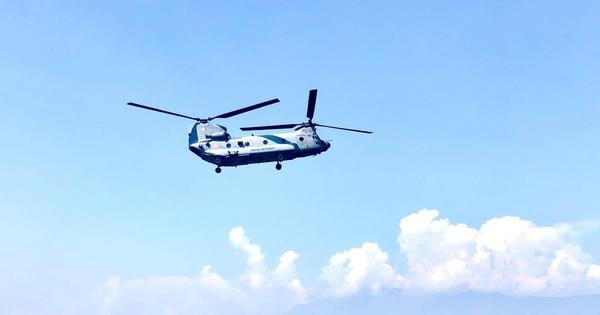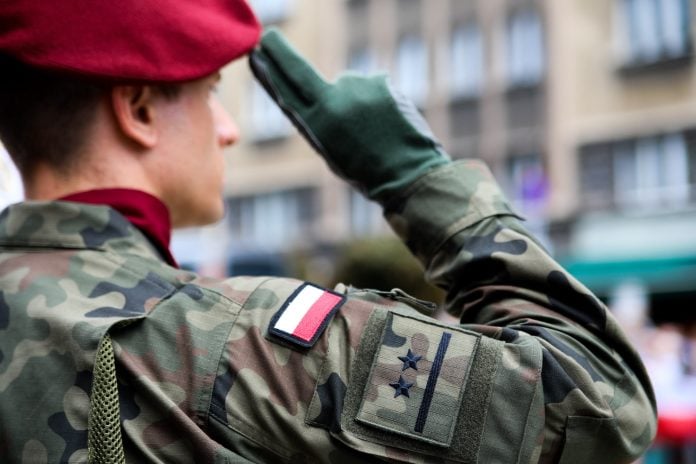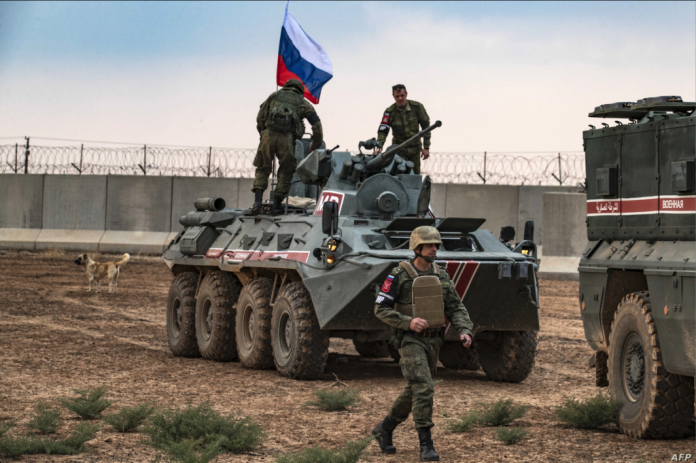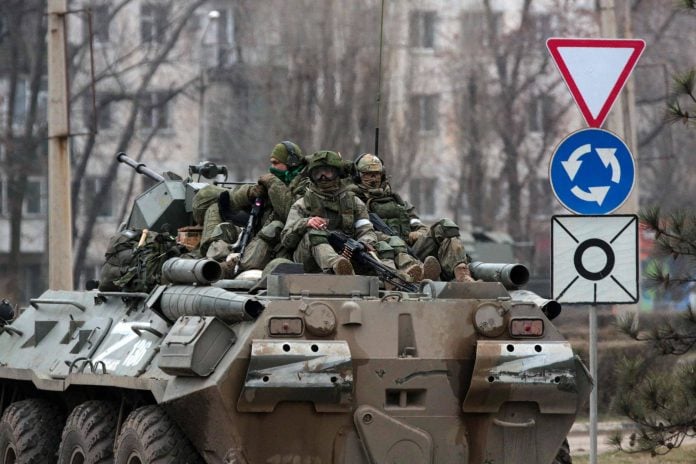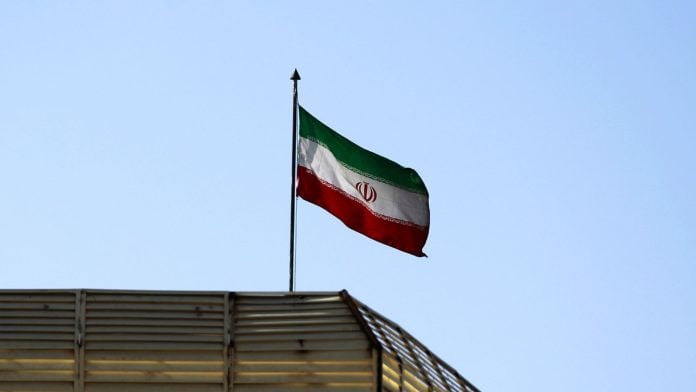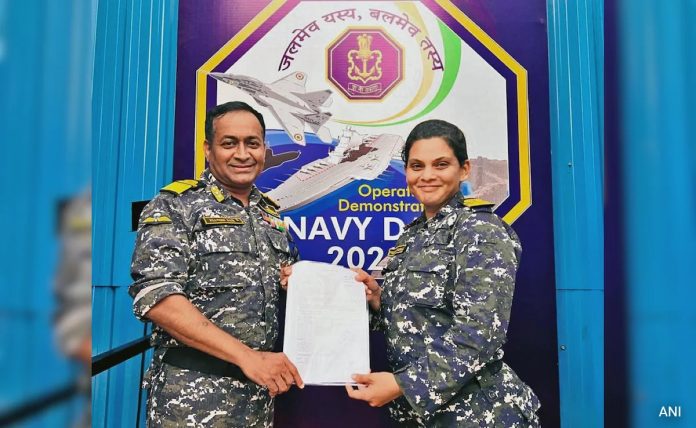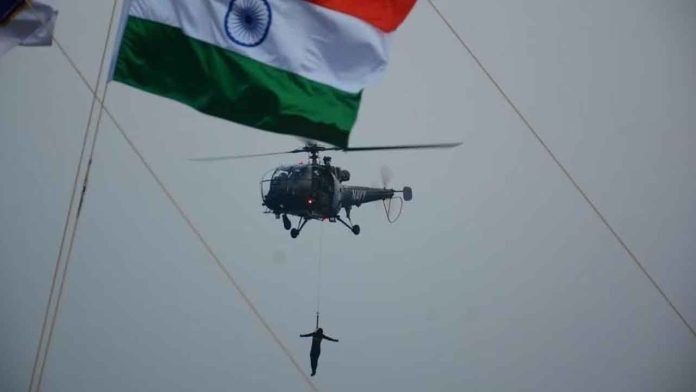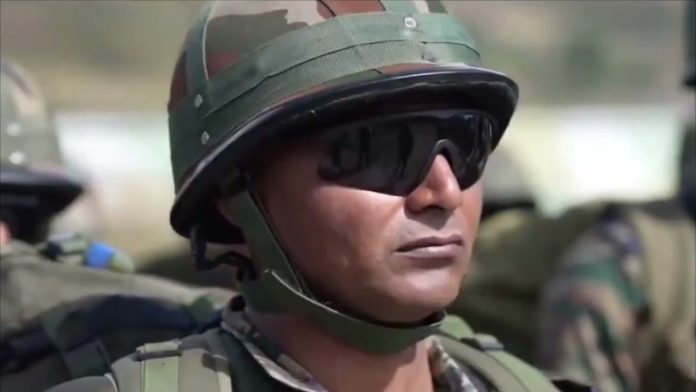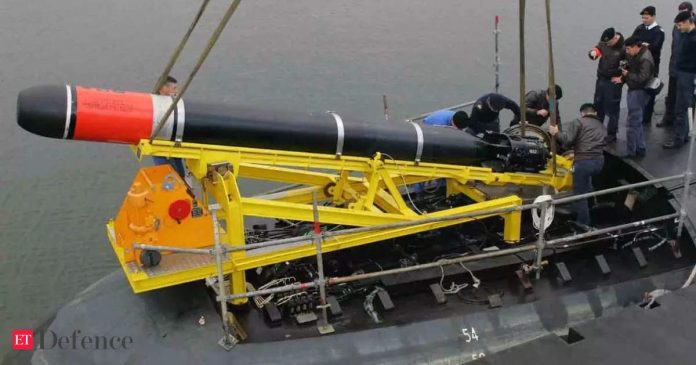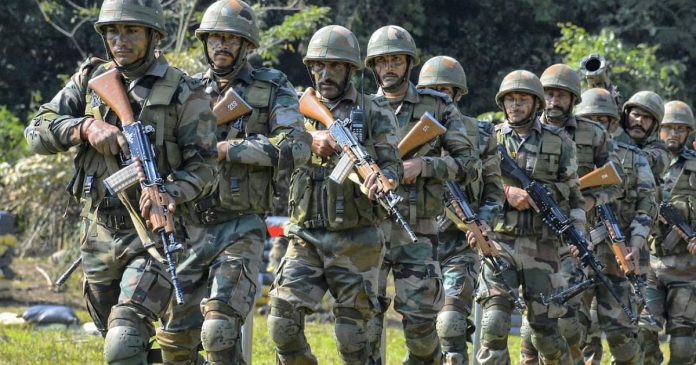The Indian Air Force is preparing to release the Phase-I exam admit card for the Agniveervayu Intake (02/2025), a significant step for candidates looking to join the ranks of the nation’s air force. The admit cards will be accessible through the candidates’ login portals 24 to 48 hours before the examination, which is set to commence on November 16.
Initially slated for an earlier date of October 18, 2024, the exam consists of an online objective type format. Candidates should note that while the questions will be available in both English and Hindi, the English language paper will be exclusively in English. According to a recent notification, candidates can view the exam date and designated exam city through their personal login, which has been highlighted for ease of access.
Candidates interested in downloading their admit cards can follow these specific steps:
1. Navigate to the official website at agnipathvayu.cdac.in/AV/.
2. On the homepage, locate and click on the Candidate’s Login tab.
3. Log in with the required credentials to access your admit card.
4. Download the admit card and print it for future reference.
The selection process for the Agniveervayu will encompass three distinct phases: the initial Phase 1 online exam, which will lead to Phase 2—another online exam, along with a Physical Fitness Test (PFT) and two Adaptability Tests. The final phase will include a thorough medical examination to assess the candidates’ fitness for service.
Candidates are encouraged to stay informed and keep checking the official website for additional updates and detailed information regarding the examination process. This streamlined approach aims to ensure that candidates are well-prepared and equipped for the challenges ahead.

